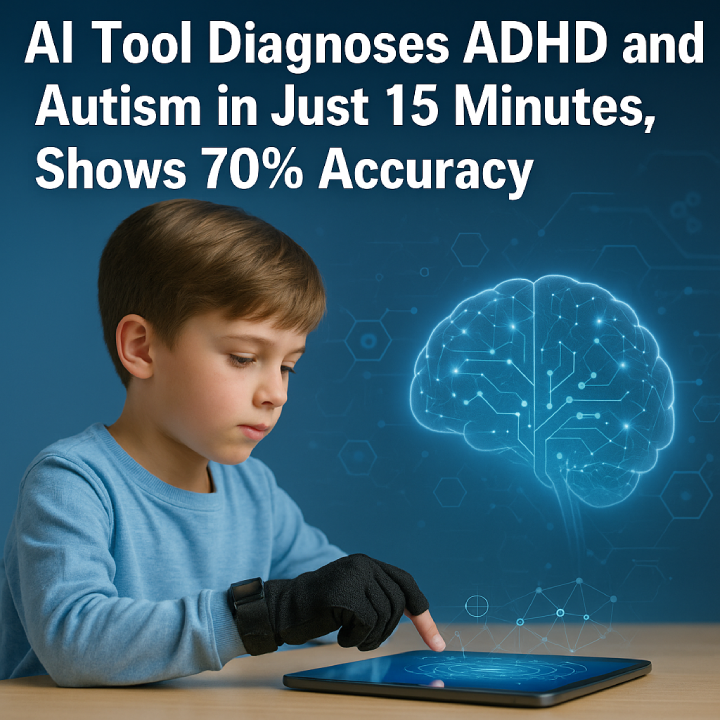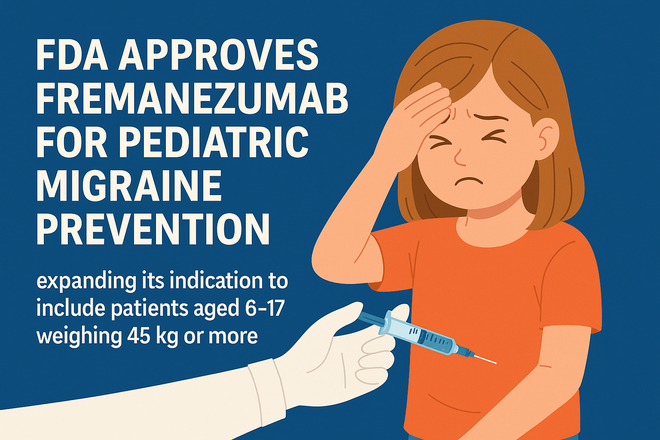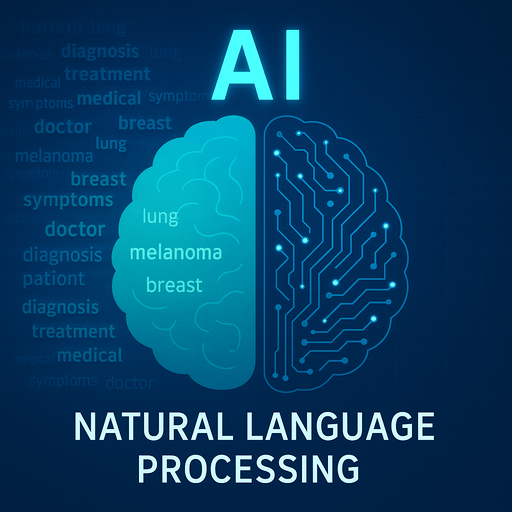Breakthrough in Neurodevelopmental Diagnostics
A pioneering artificial intelligence (AI) tool developed by researchers at Indiana University School of Medicine has demonstrated the ability to diagnose attention-deficit/hyperactivity disorder (ADHD) and autism spectrum disorder (ASD) in children and adolescents within 15 minutes — and with up to 70% accuracy. The findings, published in Nature Scientific Reports on July 8, mark a promising advance in the rapid assessment of neurodevelopmental disorders (NDDs).
“This thing that we did in the initial diagnosis takes 15 minutes. It’s just incredible. We were in shock,” said Professor Jorge V. José, PhD, the study's principal investigator and professor of physics and adjunct professor of anatomy at Indiana University.
How It Works: Movement as a Biomarker
The diagnostic tool relies on a novel hypothesis: that subtle, random body movements—imperceptible to the human eye—encode cognitive information. Using high-resolution Bluetooth sensors embedded in gloves worn by participants, the system captures more than 220 motion data points per second. Participants are asked to reach toward and retract from a touchscreen 100 times during the 15-minute session.
AI algorithms then analyze multiple kinematic variables—roll, pitch, yaw (RPY), linear acceleration, and angular velocity—combined with advanced metrics such as the Fano Factor and Shannon Entropy to determine diagnostic classification and severity of the condition. The mean test accuracy of the system reached 71.48%, with RPY being the most predictive feature.
Addressing Diagnostic Bottlenecks
With increasing referrals for autism and ADHD evaluations, wait times for diagnosis remain a global concern. A 2023 CMS survey reported that 28% of autism centers in the U.S. had wait times exceeding 7 months. Some centers even stopped accepting new patients due to overwhelming demand. This AI tool could substantially reduce bottlenecks in early diagnosis and access to care.
Previous work by the same team in 2018 demonstrated movement pattern differences in individuals with ASD. The new study builds on this by extending the assessment to include ADHD and comorbid presentations, offering a more comprehensive screening approach.
Objective, Scalable, and Portable
One of the tool’s major advantages is its objectivity. Unlike current methods that depend heavily on clinical observation and subjective rating scales, this sensor-based system provides quantitative, reproducible data—potentially reducing diagnostic variability between clinicians.
The team plans to validate the tool in diverse settings such as schools, clinics, and community programs, and to conduct longitudinal studies to track neurodevelopmental trajectories over time. The portability and short assessment duration could make it highly scalable for use in low-resource environments.
Expert Caution: Early Promise, Yet Preliminary
Dr. Anna Van Meter, clinical psychologist at NYU Grossman School of Medicine, acknowledged the innovation's promise but also highlighted limitations. “It’s a very preliminary study with a small sample size, and participants were mostly older than the typical diagnostic age for these conditions,” she noted. The mean participant age was approximately 24 years, and about a third of the 92 individuals involved were neurotypical.
Further studies are needed to evaluate the tool’s feasibility in clinical settings, especially with younger children (under 5 for ASD, 5–12 for ADHD), who form the core target population for early intervention.
Future Implications
Funded by the National Science Foundation and the Interdisciplinary Training in Complex Networks Program, this research represents a significant stride toward integrating AI in pediatric neurodevelopmental care. If validated at scale, it could support early, accessible, and equitable diagnosis globally an especially relevant goal in the context of the WHO Intersectoral Global Action Plan (IGAP) for epilepsy and other neurological disorders.
As Professor José concluded, “When you look at all these fluctuations on a millisecond timescale, we can tell you so much more than what meets the eye.”






